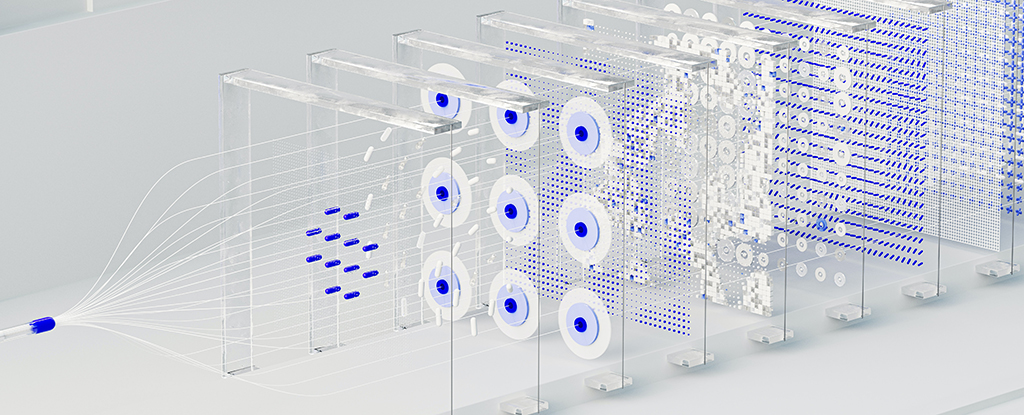Researchers are constantly working towards finding a cure for Parkinson’s disease. However, it is also essential to find better ways to detect it early on and slow down its development. A new AI tool called CRANK-MS (Classification and Ranking Analysis using Neural network generates Knowledge from Mass Spectrometry) has been developed to detect underlying signs of the disease years before symptoms such as tremors and slowed movements start appearing. This tool can be run quickly on a standard laptop and is capable of leveraging AI to detect specific chemical compounds in the blood that can predict the presence of the disease.
The Tool and its Functioning
CRANK-MS is designed with trained layers of nodes modeled on the human brain and can detect chemical compounds known as metabolites in the blood. By analyzing patterns in the blood, the tool can potentially predict the presence of Parkinson’s disease or protect against it. The machine learning algorithm used in CRANK-MS takes into account that metabolites can have associations with other metabolites and identifies which metabolites are more significant for the disease versus control groups. With hundreds to thousands of metabolites, computational power is used to understand what is going on in the body.
Research and Findings
The team of researchers made use of blood plasma samples collected as part of the Spanish European Prospective Study on Nutrition and Cancer study. The team compared metabolite mixes of 39 patients who went on to develop Parkinson’s within 15 years of their participation in the study with 39 control patients who did not. The researchers identified several patterns that were considered potentially significant. For example, people who went on to develop Parkinson’s tended to have lower levels of triterpenoids in their blood, which handle stress on the body at a cellular level and are found in foods such as apples, olives, and tomatoes. The researchers also found the presence of polyfluorinated alkyl substances (PFAS) in people who later developed Parkinson’s. The researchers speculate that this might be linked to higher exposures to industrial chemicals. However, larger studies involving many more patients are needed to confirm the findings.
Accuracy of the Tool
CRANK-MS can detect Parkinson’s disease risk with an accuracy of up to 96 percent. The quantity and breadth of data fed into the system right from the beginning, without any need for it to be manually simplified or filtered, contribute to this high level of accuracy. The tool can detect metabolites that may have been missed using conventional approaches, making it a valuable tool in the early detection of Parkinson’s disease.
CRANK-MS is being made available for other scientists to access, and it has the potential to detect many more diseases through blood samples. The researchers now want to test the system on much larger cohorts in more parts of the world to see if the AI analysis holds up for Parkinson’s disease. The early results are promising in terms of the analysis of metabolites in the blood. This tool’s development is an essential step towards detecting Parkinson’s disease early on and slowing down its development.



Leave a Reply